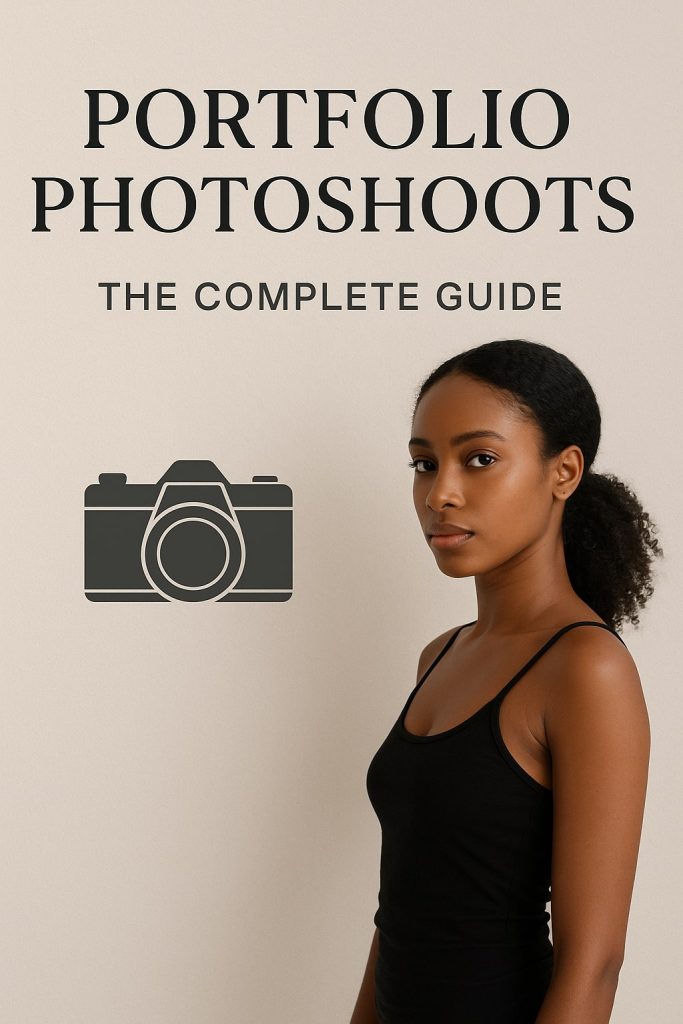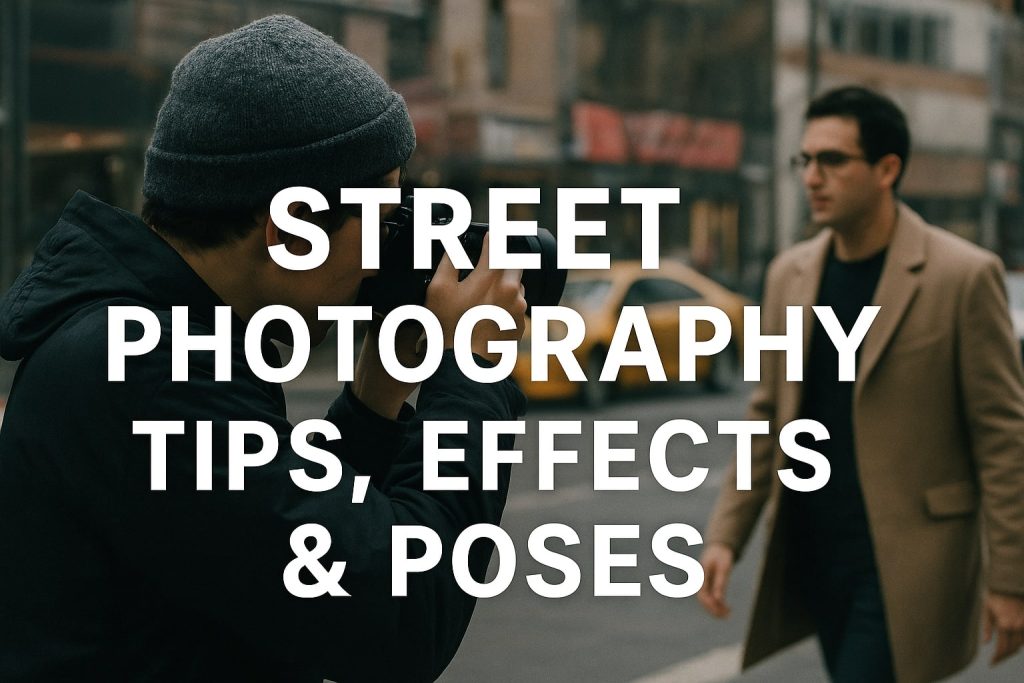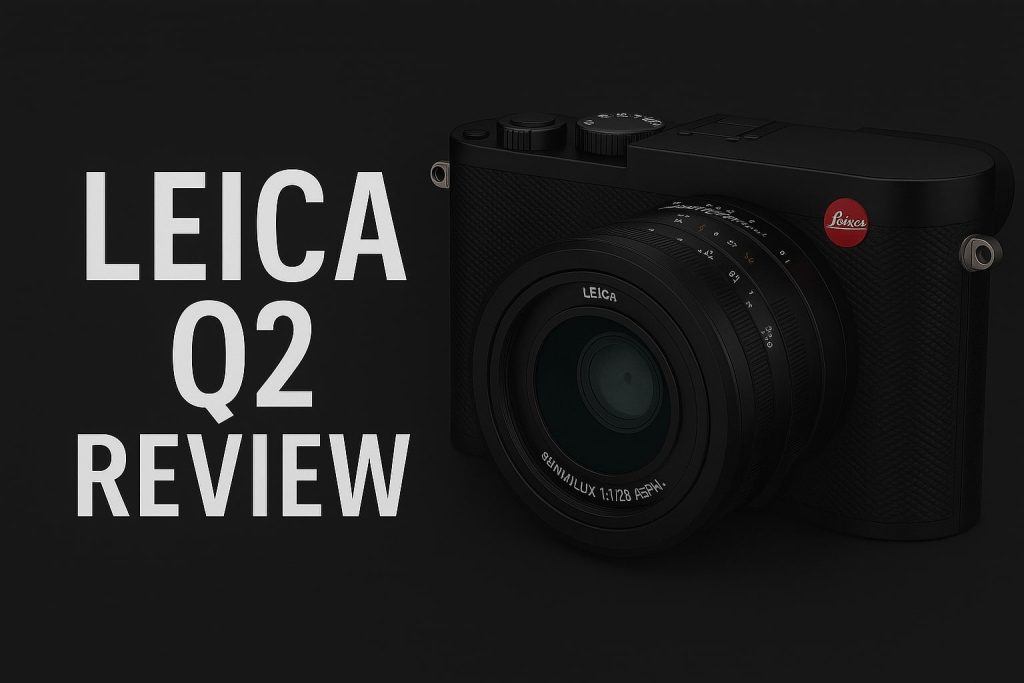When it comes to photography, the choice between prime lenses and zoom lenses can make a significant difference in your creative journey. Whether you’re a beginner exploring the world of photography or a professional looking to refine your gear, understanding the strengths and limitations of each lens type is essential. In this comprehensive guide, we’ll delve deep into the comparison of prime vs. zoom lenses, examining their advantages, disadvantages, and ideal use cases. By the end, you’ll have a clear understanding of which type best suits your needs.
What Are Prime and Zoom Lenses?
Before we dive into the details, let’s define each lens type.
Prime Lenses
A prime lens has a fixed focal length, meaning you cannot zoom in or out. Examples include 50mm, 85mm, and 35mm lenses. Because they have fewer moving parts, they tend to be sharper, faster, and lighter.
Zoom Lenses
A zoom lens features a variable focal length, allowing you to adjust between different perspectives without changing lenses. Common zoom lenses include 24-70mm, 70-200mm, and 18-55mm lenses.
Advantages of Prime Lenses
Prime lenses are favored by many professional photographers due to their superior optical quality and performance. Let’s explore their benefits in detail.
1. Superior Image Quality
Prime lenses are designed with fewer glass elements, leading to reduced distortion and sharper images. The lack of zooming mechanisms ensures better clarity and contrast.
2. Wider Apertures for Low-Light Photography
Prime lenses often have larger maximum apertures, such as f/1.2, f/1.4, or f/1.8, making them excellent for low-light conditions and achieving a shallow depth of field.
3. Lightweight and Compact
Since they don’t require additional internal components for zooming, prime lenses are usually more compact and lighter, making them easier to carry for long shoots.
4. Encourages Creative Composition
With a prime lens, photographers must move physically to reframe a shot, which can lead to better composition skills and a deeper understanding of framing.
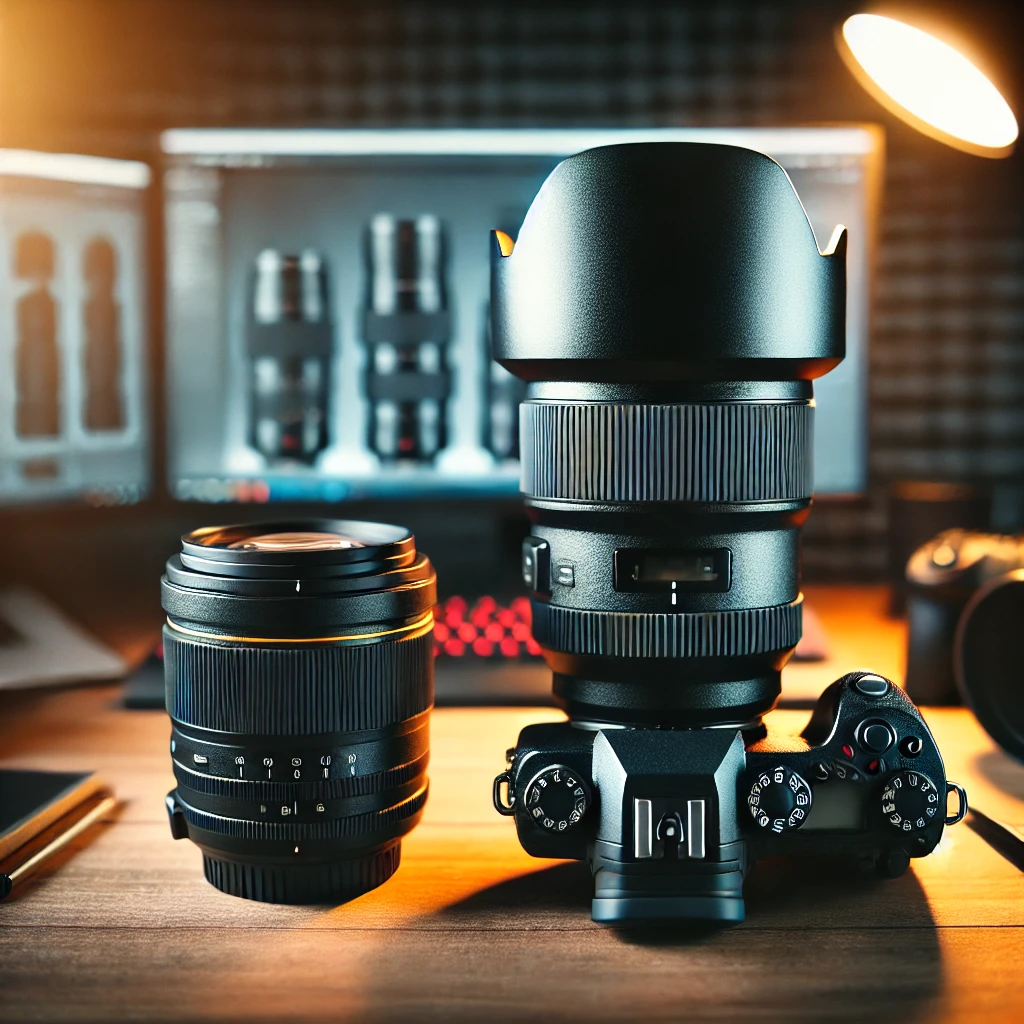
Disadvantages of Prime Lenses
Despite their strengths, prime lenses have certain limitations that might not suit every photographer.
1. Lack of Versatility
One of the biggest drawbacks is their fixed focal length. If you need multiple focal lengths, you’ll have to carry multiple prime lenses.
2. Frequent Lens Switching
Since prime lenses do not zoom, switching between lenses frequently is necessary, which can slow down the shooting process and increase the risk of sensor dust exposure.
Advantages of Zoom Lenses
Zoom lenses are incredibly popular due to their flexibility and convenience. Let’s look at their key benefits.
1. Versatility and Convenience
With a zoom lens, you can cover multiple focal lengths in one piece of equipment. This makes them perfect for events, weddings, and travel photography.
2. Saves Time and Effort
Rather than switching between lenses, a zoom lens allows you to adjust the focal length instantly, ensuring you never miss a crucial moment.
3. Ideal for Various Photography Styles
From wide-angle landscapes to close-up portraits, zoom lenses offer a broad range of shooting options without requiring lens changes.
Disadvantages of Zoom Lenses
While zoom lenses provide convenience, they do come with some trade-offs.
1. Lower Image Quality
Because zoom lenses contain more glass elements and moving parts, they are more prone to distortion, chromatic aberration, and lower sharpness compared to prime lenses.
2. Heavier and Bulkier
Zoom lenses are generally heavier and larger due to their complex internal mechanisms, which can be a challenge for photographers who prefer lightweight gear.
3. Smaller Maximum Aperture
Most zoom lenses have a maximum aperture of f/2.8 or smaller, which limits their performance in low-light conditions compared to prime lenses with f/1.4 or f/1.8 apertures.
Prime vs. Zoom Lenses: Which One Should You Choose?
The decision ultimately depends on your photography style and requirements.
Choose a Prime Lens If:
- You prioritize sharpness and image quality.
- You shoot in low-light environments frequently.
- You enjoy portrait, street, or artistic photography.
- You prefer a lightweight, portable setup.
Choose a Zoom Lens If:
- You need versatility for different focal lengths.
- You shoot events, sports, or travel photography.
- You want to minimize lens switching.
- You prefer a single lens to cover multiple perspectives.
FAQs About Prime vs. Zoom Lenses
1. Which is better for beginners: a prime lens or a zoom lens?
A zoom lens is often recommended for beginners due to its versatility. However, a 50mm prime lens can also be a great learning tool for composition and depth of field control.
2. Do professionals use zoom lenses?
Yes, many professional photographers use zoom lenses, especially for weddings, sports, and wildlife photography, where quick focal adjustments are necessary.
3. Are prime lenses sharper than zoom lenses?
Generally, yes. Prime lenses tend to be sharper because they have fewer optical elements, reducing distortion and aberrations.
4. Can a zoom lens replace multiple prime lenses?
In terms of focal range, yes. However, zoom lenses typically have smaller apertures and slightly lower image quality, so they may not fully replace high-quality prime lenses for specific professional needs.
5. Which lens is better for video recording?
Both lenses can work well for video, but prime lenses are preferred for cinematic effects and low-light performance, while zoom lenses provide more flexibility in framing.
Conclusion
The choice between prime vs. zoom lenses depends on your specific needs as a photographer. If you value image quality, portability, and low-light performance, a prime lens is an excellent choice. However, if you need versatility, convenience, and a multi-purpose lens, a zoom lens is the way to go.
Understanding the strengths and weaknesses of each lens type will help you make an informed decision that enhances your photography skills and workflow. Whatever you choose, mastering your lens will lead to stunning, professional-quality images.
Book your cameras now with The Candid Shoot and create timeless memories today!
Do you use a prime or zoom lens in your photography? Share your thoughts and experiences in the comments below!

Mobile Photography Hacks: Candid Moments with Your Phone
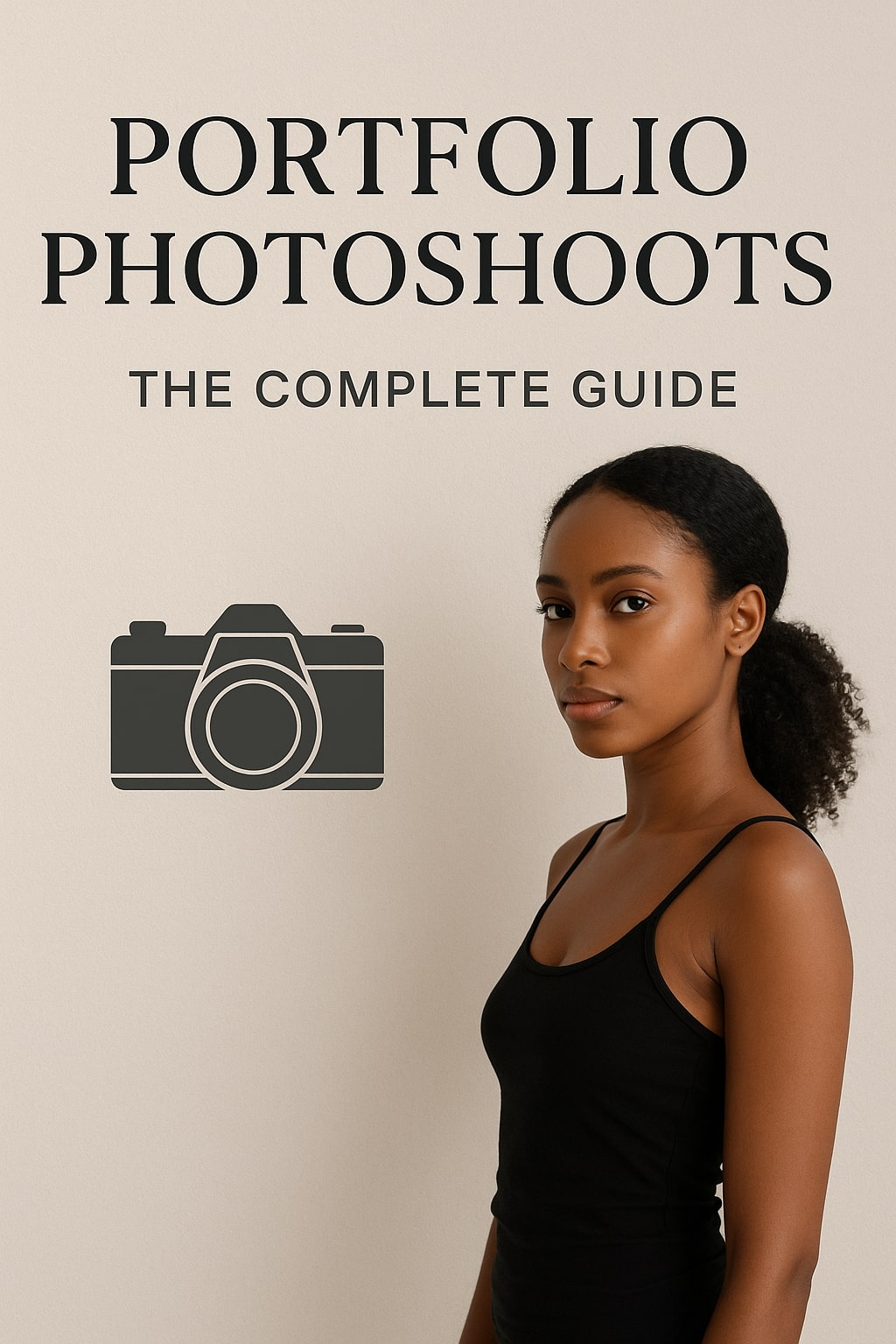
Professional Model & Portfolio Photoshoots: Show Your Best Work
-
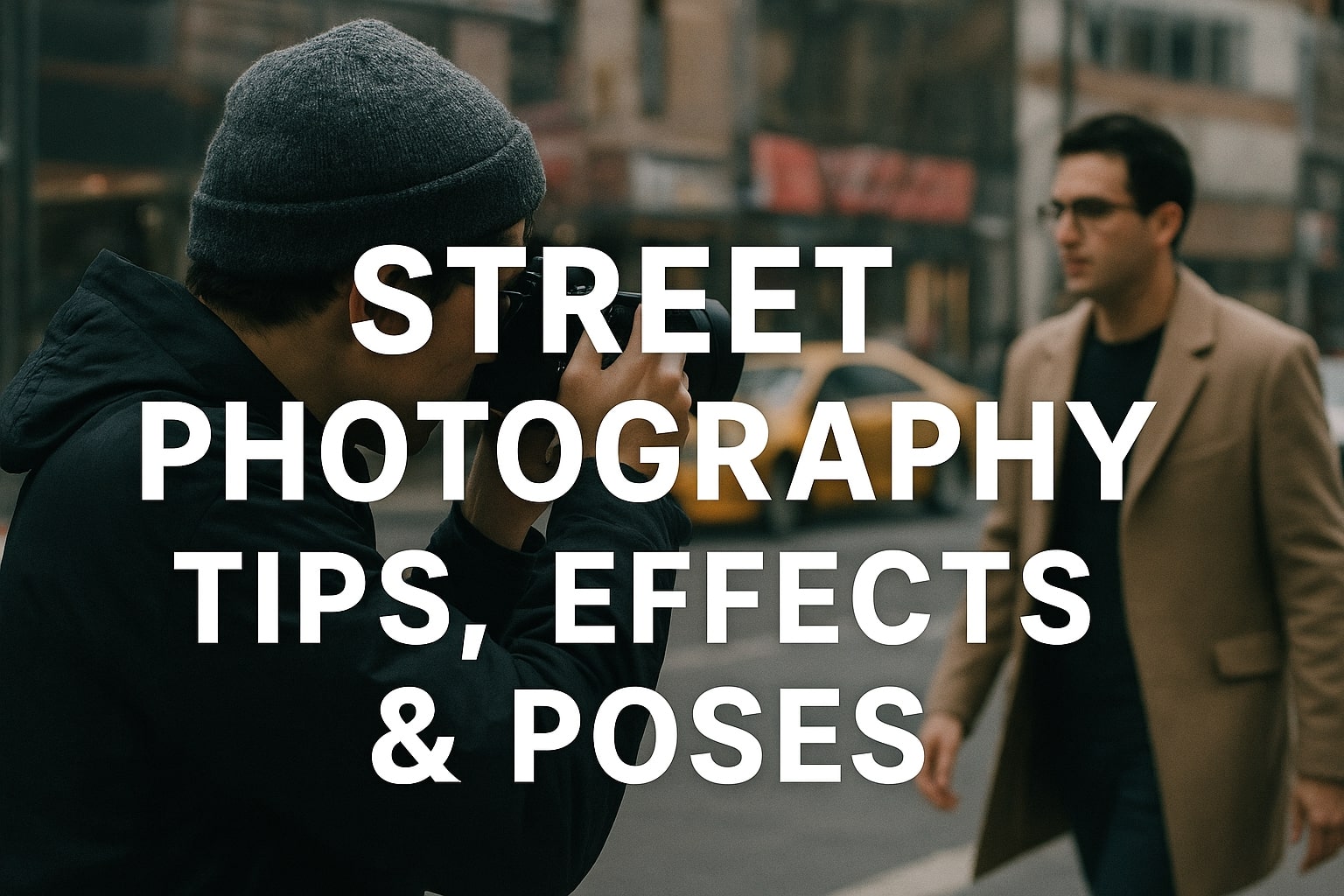
Street Photography Tips, Effects & Poses – Complete Guide
-

Leica Q2 for Photography: Why It’s Loved by Photographers
Mobile Photography Hacks: Candid Moments with Your Phone
Discover high-impact mobile photography hacks to capture genuine, gorgeous candid moments with your phone. Learn practical tips, composition secrets, and pro techniques to turn everyday scenes into stunning visual stories. Introduction: The New Age of Mobile Photography Photography has evolved beyond heavy cameras, technical jargon, and expensive equipment. Today, the power to capture extraordinary moments
Professional Model & Portfolio Photoshoots: Show Your Best Work
” Discover how to plan, style, and execute stunning portfolio photoshoots that showcase your skills, personality, and versatility. This comprehensive guide covers professional tips, posing ideas, gear suggestions, and industry insights for models and photographers.” Introduction – Why Portfolio Photoshoots Are the Cornerstone of a Photographer’s Career A well-crafted portfolio photoshoot is more than a
Street Photography Tips, Effects & Poses – Complete Guide
Discover the ultimate guide to Street Photography with expert tips, creative effects, and dynamic poses. Learn how to capture authentic urban moments, master composition, and tell powerful visual stories through your lens. Article Outline 1. Introduction to Street Photography Street Photography is more than just taking pictures of people in public spaces — it’s about
Leica Q2 for Photography: Why It’s Loved by Photographers
Introduction: The Cult Status of the Leica Q2 The Leica Q2 is not just a camera—it’s a statement. Combining the heritage of German precision engineering with modern digital excellence, it holds a special place in the hearts of professional and passionate photographers alike. With its full-frame sensor, prime Summilux lens, and minimalist design, the Q2
Top Cameras Under ₹1 Lakh for Freelance Photography
Freelance photography is no longer a niche—it’s a booming creative profession that demands not only vision and hustle but also the right gear. Your camera isn’t just a tool; it’s your storytelling partner. If you’re a freelance photographer aiming to balance performance, versatility, and budget, investing in a cameras under ₹1 lakh can offer the
Top Features of Nikon D850 That Make It Ideal for Photoshoots
Explore the top features of the Nikon D850 that make it a powerhouse for photoshoots. From exceptional resolution to dynamic range, this detailed Nikon D850 guide is built for professional and aspiring photographers. 1. Introduction When Nikon launched the D850, it quickly earned a reputation as a flagship DSLR that redefined what photographers could expect



